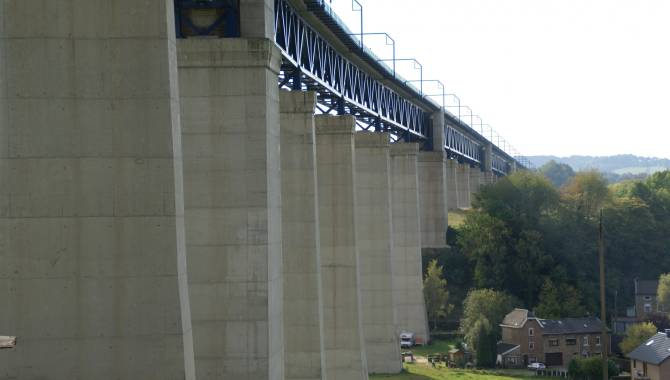




Photo: 13 moresnet moresneter bruecke 02 © gemeinde bleyberg

Photo: 13 moresnet moresneter bruecke 01 © grenzrouten

Photo: 13 moresnet gohltalviadukt © photo daylight.com



Description
With an overall length of 1107 metres and a height of 52 metres, the Göhl valley viaduct spans the Göhl valley near Moresnet. For some time, it was the longest bridge in the Belgian rail network. The viaduct is part of the connection between the German Ruhr and the port in Antwerp. During the German occupation of Belgium in the First World War, it was built by order of the German military authorities. Approximately 14,000 labourers and prisoners of war were deployed in its construction. Many of them failed to survive the strenuous, hazardous work. The shell was completed in the unimaginably short time of seven months. In the Second World War, the viaduct was destroyed by Belgian soldiers in 1940 in an attempt to make it more difficult for German troops to advance. It was repaired when German occupation began again, but destroyed anew in 1944 by German soldiers, this time to make it more difficult for the allied troops to advance. Towards the end of the 20th century, about 70% of the goods traffic between the port in Antwerp and Germany was using this viaduct. Today, some 80-100 goods trains per day go over it, mostly at night.
Carte
Moresnet: Göhl valley viaduct
Bambusch 6
4850 Plombières